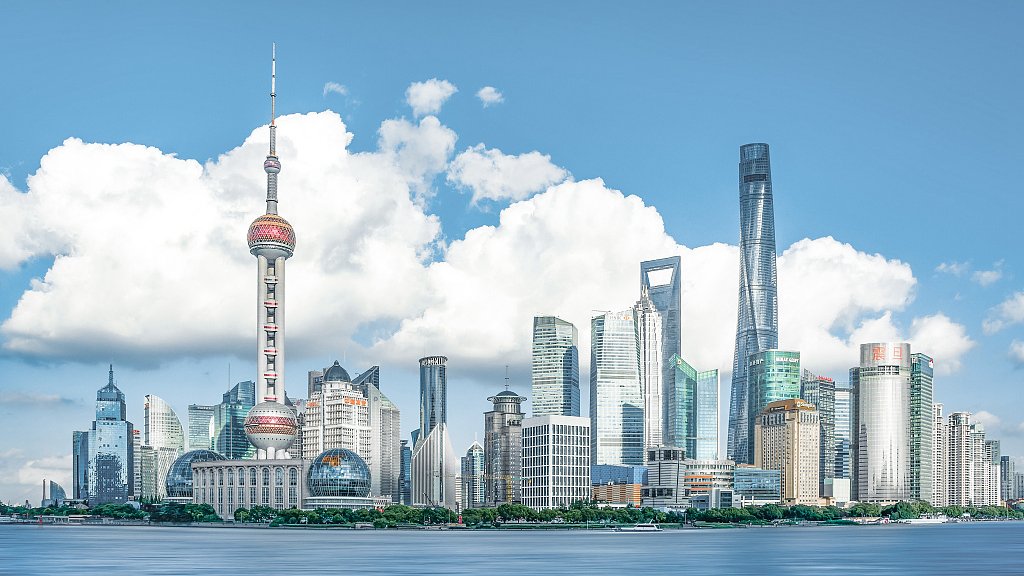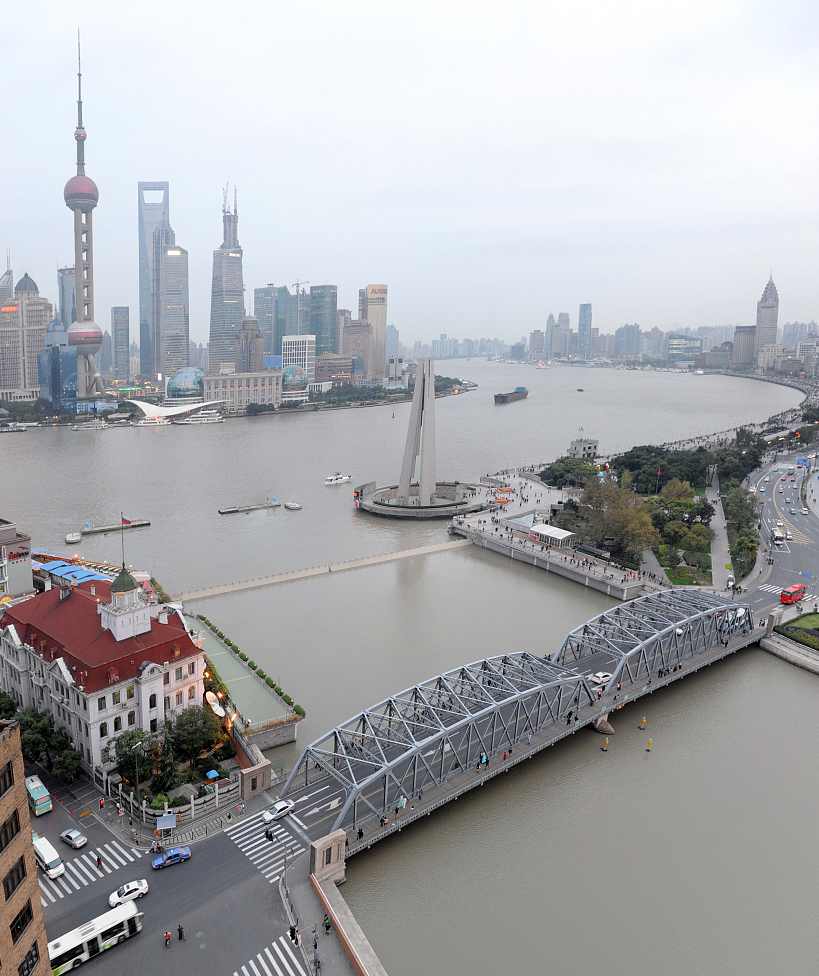
Travel
18:00, 15-Mar-2019
Buildings offer glimpses of changes
CGTN

Park Hotel
Built in 1934 and located at 170 Nanjing West Road, just beside People's Square in the heart of Shanghai, Park Hotel was once dubbed the "No. 1 building in the Far East".
It was earlier believed that skyscrapers could not be built in Shanghai because the city stands on earthy, soft soil. The idea of constructing the 24-story, 83.8-meter-high building – it would be the highest in Asia at that time - was met with skepticism by engineers. But Laszlo Hudec made the bold decision to go ahead with the project.
The feat even spawned an old proverb in the Shanghai dialect that goes: "Beware of your falling cap while looking up to the Park Hotel."
Park Hotel remained the city's highest structure until the mid-1980s.

Park Hotel in Shanghai. /VCG Photo
Park Hotel in Shanghai. /VCG Photo
Shanghai Concert Hall
Built in 1930 at 523 Avenue Edward VII, this classical European-style building was originally named Nan King Theatre. From its opening till the early 1950s, the building was known as the most luxurious cinema in town and was famous for showcasing the latest releases from Hollywood. In 1959, the cinema was refurbished to become the Shanghai Concert Hall, the first of its kind in China.
In 2002, the concert hall was moved 66.45 meters toward the southeast in order to make way for the construction of a new elevated highway, the Yan'an East Road Highway.
The concert hall underwent a major renovation following this move to better protect its fixtures and upgrade its acoustic system.
The building is currently undergoing another round of renovations.

Shanghai Concert Hall. /VCG Photo
Shanghai Concert Hall. /VCG Photo
HSBC Building
This six-floor neoclassical building was constructed in the early 1920s as the headquarters of the Shanghai branch of the Hong Kong and Shanghai Banking Corp (1923-1955).
The two bronze lion statues that sit in front of the building were created by British artist Henry Poole. The one that is depicted roaring was named Stephen while the other quiescent one was named Stitt after the bank's managers in Shanghai at the time of the construction.
The original sculptures later became part of the collection of Shanghai Historical Museum and are now on display at 325 Nanjing West Road. The current sculptures seen at the building, which is now home to the Shanghai Pudong Development Bank, are replicas made in 1997.

HSBC Building in the Bund area of Shanghai /VCG Photo
HSBC Building in the Bund area of Shanghai /VCG Photo
Waibaidu Bridge
This steel bridge at the mouth of the Suzhou Creek connects Huangpu district with Hongkou district. Built in 1907, the bridge is still a popular attraction and landmark of the city, appearing frequently in movies, TV series and reality shows.

Waibaidu Bridge in Shanghai /VCG Photo
Waibaidu Bridge in Shanghai /VCG Photo
When Shanghai became an open port following the signing of the Treaty of Nanjing in 1842, bridges became necessary to manage the growing volume of transportation at the confluence of the Suzhou Creek and the Huangpu River. Several bridges were built and demolished before the Shanghai Municipal Council decided in 1906 to build a new steel structure that would become the first steel truss bridge in China. Measuring 104.4 meters in length and 17 meters in width, the Waibaidu Bridge is the largest steel bridge in Shanghai.
(Cover: View of Shanghai Bund /VCG Photo)
Source(s): China Daily

SITEMAP
Copyright © 2018 CGTN. Beijing ICP prepared NO.16065310-3
Copyright © 2018 CGTN. Beijing ICP prepared NO.16065310-3